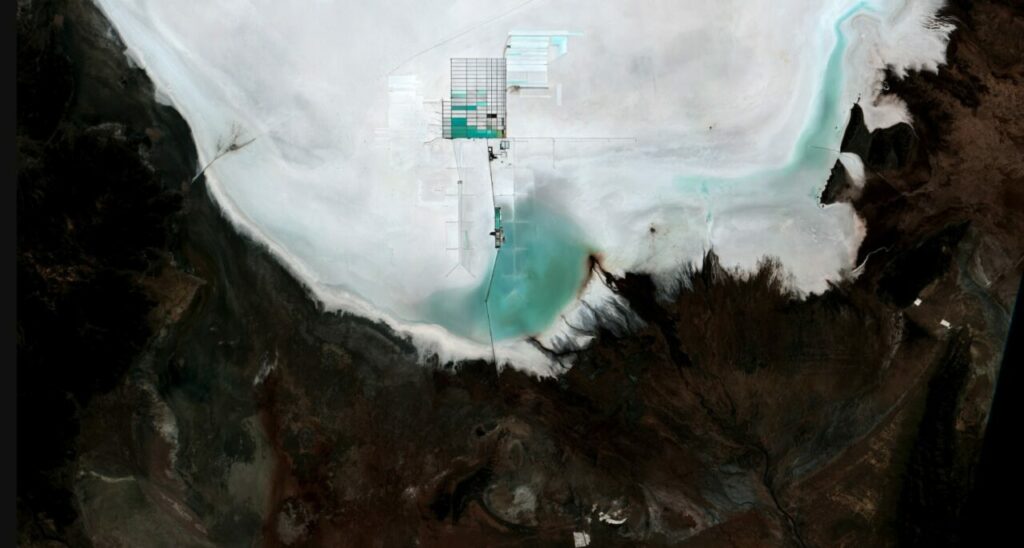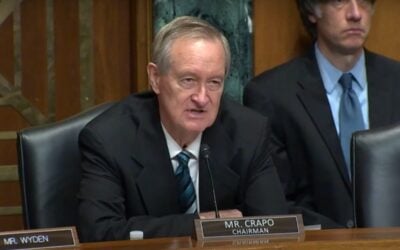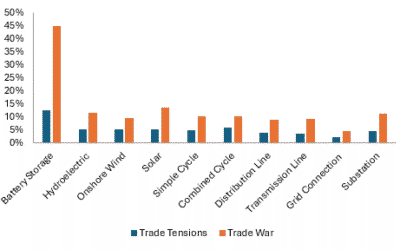
The lithium industry needs US$116 billion of investment to achieve the 5.7x ramp-up in production needed for 2030 decarbonisation goals, and prices may remain ‘tight’ in the coming years.
That investment figure is in a ‘high case scenario’ in analysis by Benchmark Mineral Intelligence, which is based on EV production and penetration rates hitting the 2030 targets set by policymakers around the globe.
Enjoy 12 months of exclusive analysis
- Regular insight and analysis of the industry’s biggest developments
- In-depth interviews with the industry’s leading figures
- Annual digital subscription to the PV Tech Power journal
- Discounts on Solar Media’s portfolio of events, in-person and virtual
The analysis encompasses data from Rho Motion and the International Energy Agency (IEA) and shows that the industry would need to get to 5.3 million tonnes of lithium carbonate equivalent (LCE), 5.7 times higher than the 915,000 tonnes LCE production in operation today.
Benchmark analyst, Cameron Perks, said: “It’s almost impossible, and definitely a race against time. The big money that needs to be spent takes time to get approval for and to deploy. The players with skin in the game are the least likely to rush their spending. They don’t want to flood the market with lithium too quickly. They want to release it slowly to maximise their return.”
It should be noted that the IEA has tended to underestimate the cost reductions and deployments of renewable energy technologies.
One player with a lot of skin in the game is Albemarle, the largest lithium miner in the world with a market capitalisation of US$23 billion. This week it increased the lower end of its annual revenue guidance by 6% to US$10.4 billion off the back of higher average prices and “assuming recent lithium market prices continue through the rest of 2023”.
The company’s president of lithium, Eric Norris, said: “We don’t have the confidence to know exactly ourselves what the price is going to do, but we do know this: We believe that the market will continue to be quite tight next year as well.”
As Energy-Storage.news wrote a few months ago, the price of lithium carbonate has come down this year after the soaring highs of 2022, when it peaked at around 600,000 Yuan/tonne in November (data from Fastmarkets). It bottomed out at around 165,000 Yuan/tonne in April 2023 before starting to pick back up with it currently sitting at 264,500 (data from Trading Economics).
Some analysts do believe that the lithium market will become oversupplied in 2024 and 2025, with Bank of America commodity strategist Michael Widmer as one of those, cited by Fastmarkets.
Another industry figurehead to believe that lithium will not be able to keep up with demand is the CEO of US developer Spearmint Energy, speaking on market intelligence firm Modo Energy’s podcast recently.
Asked for his contrarian view by Modo CEO Quentin Draper-Scrimshire, Spearmint’s Andrew Waranch said: “Mining capital and growth is massively underfunded and will not be able to support all of those gigafactories. As the US is growing to 200GW, 500GW of storage, Europe will too, and Asia, South America and Africa. You’ll have a lot of factories being built but the mines will not be able to keep up with it over the long-term.”
“My contrarian view is that battery prices will go up and go up considerably. I think those investing in batteries today will find that assets will have appreciated in value just for the mineral content. People should be racing to install batteries today while the prices are reasonable.”






